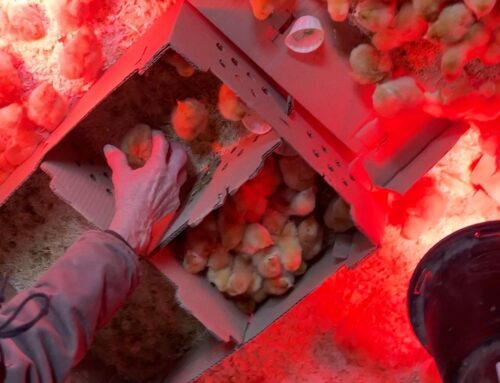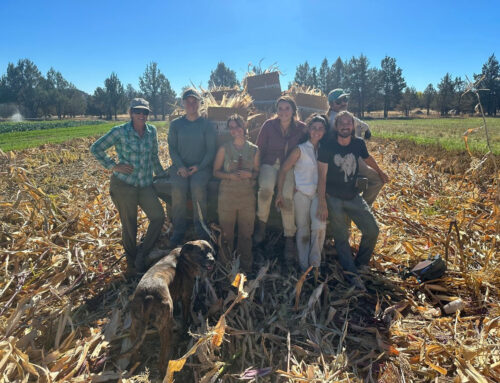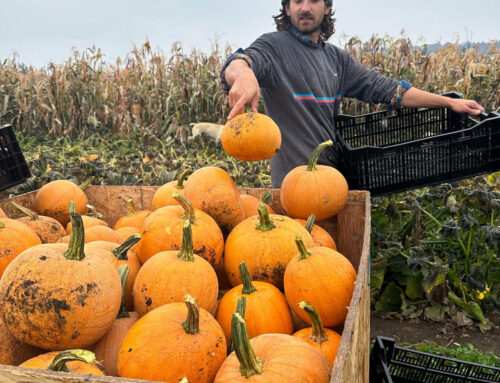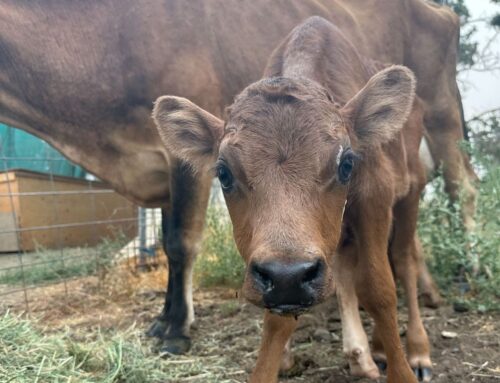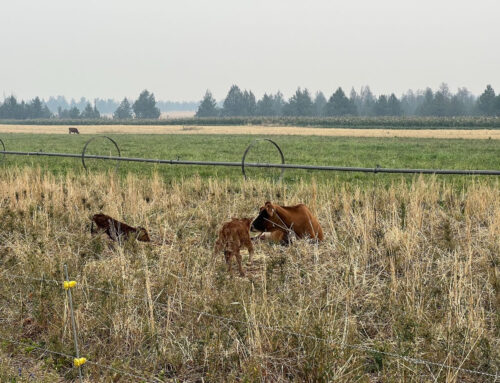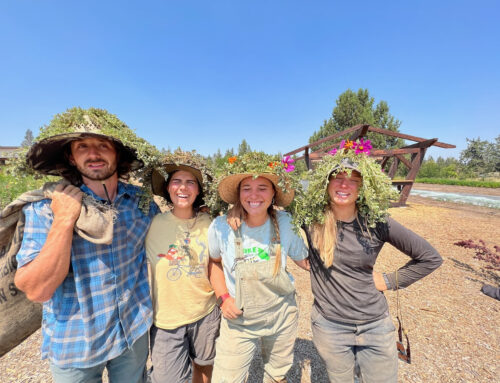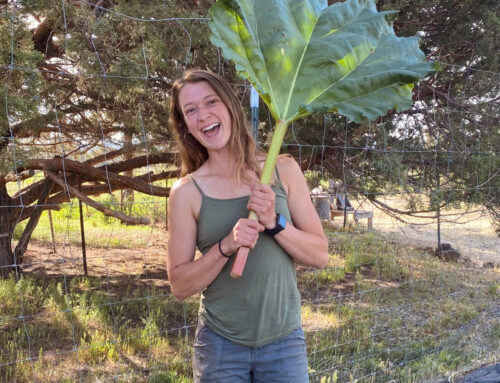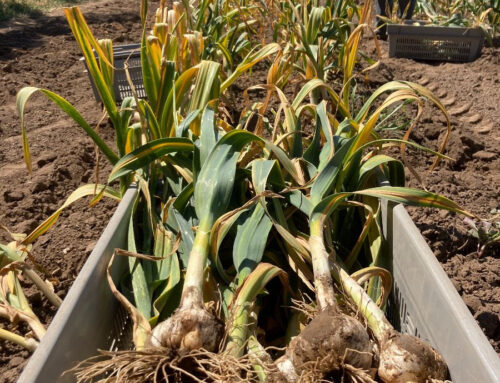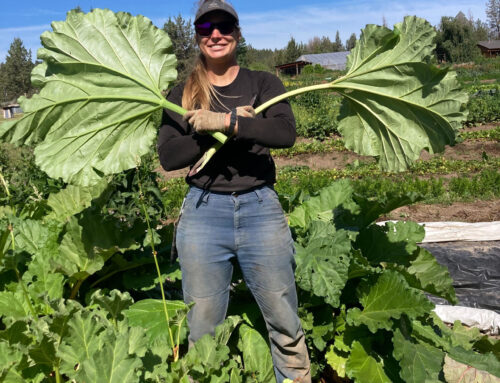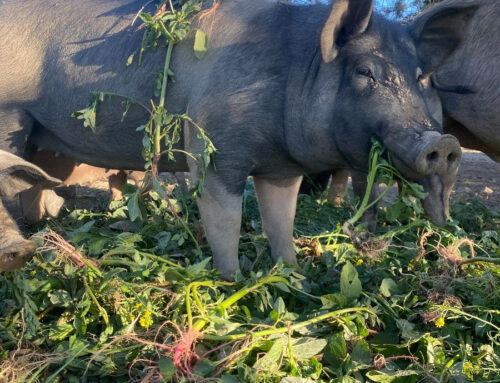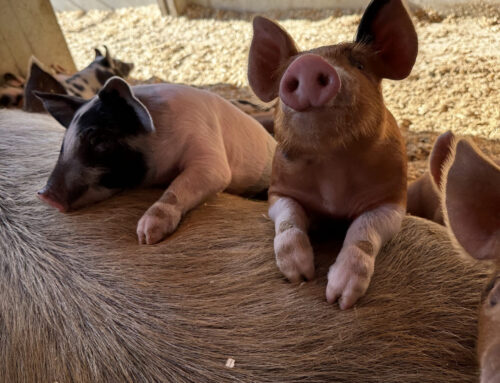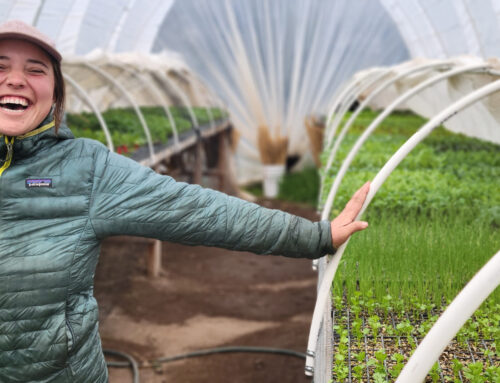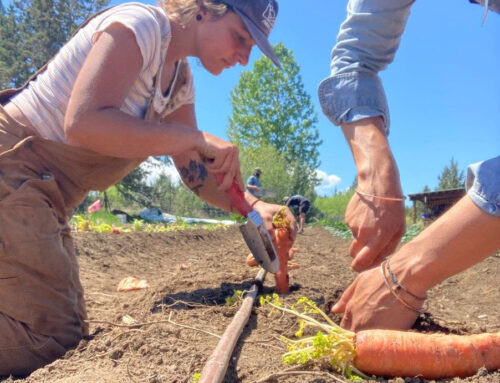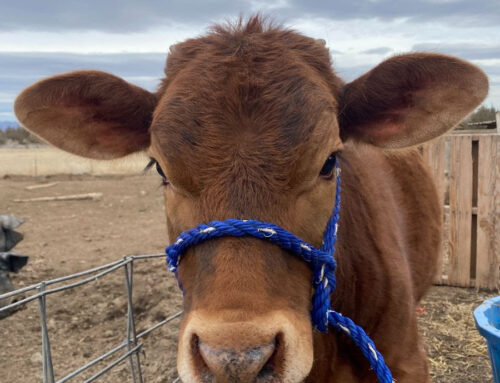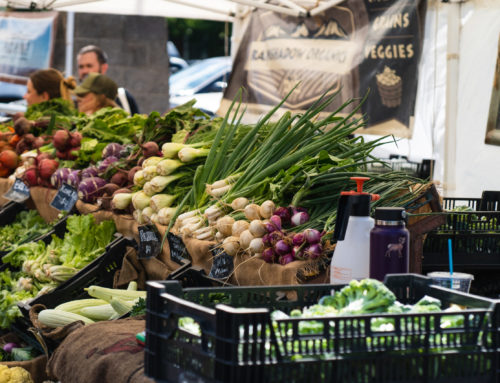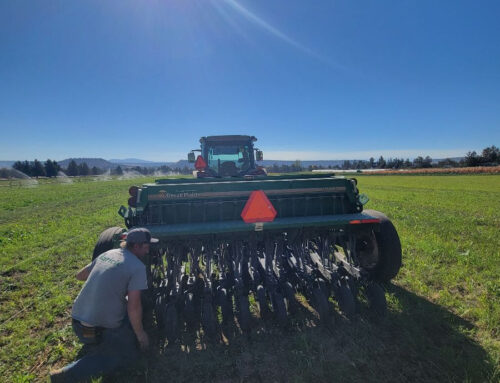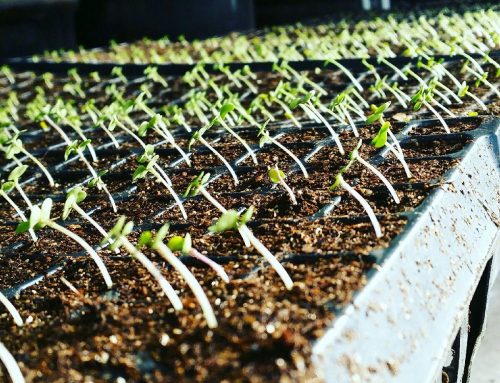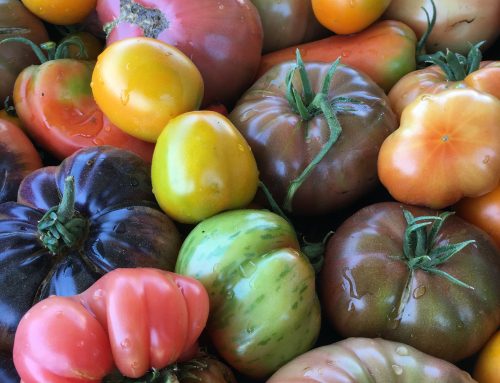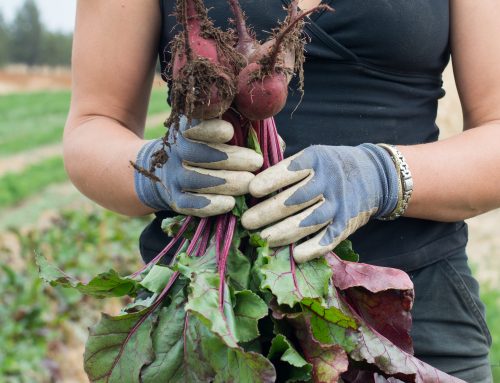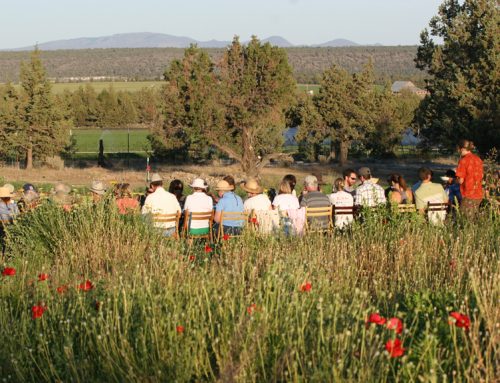News from the Farm:
Wow! Can you believe it? We are heading into our last four weeks of our Summer CSA. My goodness, but what a joy it has been so far. Mostly not too hot and mostly not too smokey. There of course were moments of each. Generally it has been a joy of a summer. Seeing you weekly or bi-weekly has only continued to remind us of how lovely, loving, and important our community is to us! Thank you for riding the seasonal wave with us!
As waves do, we have crested the season! Days are getting shorter, nights are cooling down, and despite the blip of heat last week, overall temps are falling. That means that we are in the midst of our seasonal transition as we go from deep summer to fall through early winter preparations and into winter in an unknown period of time.
Did you know that Central Oregon has zero frost free days? That means that we have a chance of frost every night January 1 through December 31. We have been frost free here for months, but now, well, it has a higher likelihood of happening at anytime. Each week we take a look at the forecast and make the modifications necessary to eek as much as we can for as long as we can out of the last of our crops. Everyday without a frost is essentially a blessing. Everyday with flowers still blooming and greens still vibrant is a step closer to when that all changes.
So, what does that mean for the farm? Other than being grateful for another frost free day every morning and enjoying the easing of the frenetic energy that summer brings, we are transitioning from summer to winter. In the hoops we are removing the tired summer plants – eggplants, basil, cucumbers, and tomatillos – and replacing them with successions of that gem of a winter green SIBERIAN KALE! It means that melons and corn and tomatoes are easing out (some more swiftly then others) and that we are planting cover crops in the 25-acre on our already harvested potato and garlic beds to rejuvenate the soil over the winter and into next spring. The last of our Summer CSA crop successions are in the 2-acre behind the tall deer fence to protect from hungry ungulates as they pass through making their way from high ground to lower elevations.


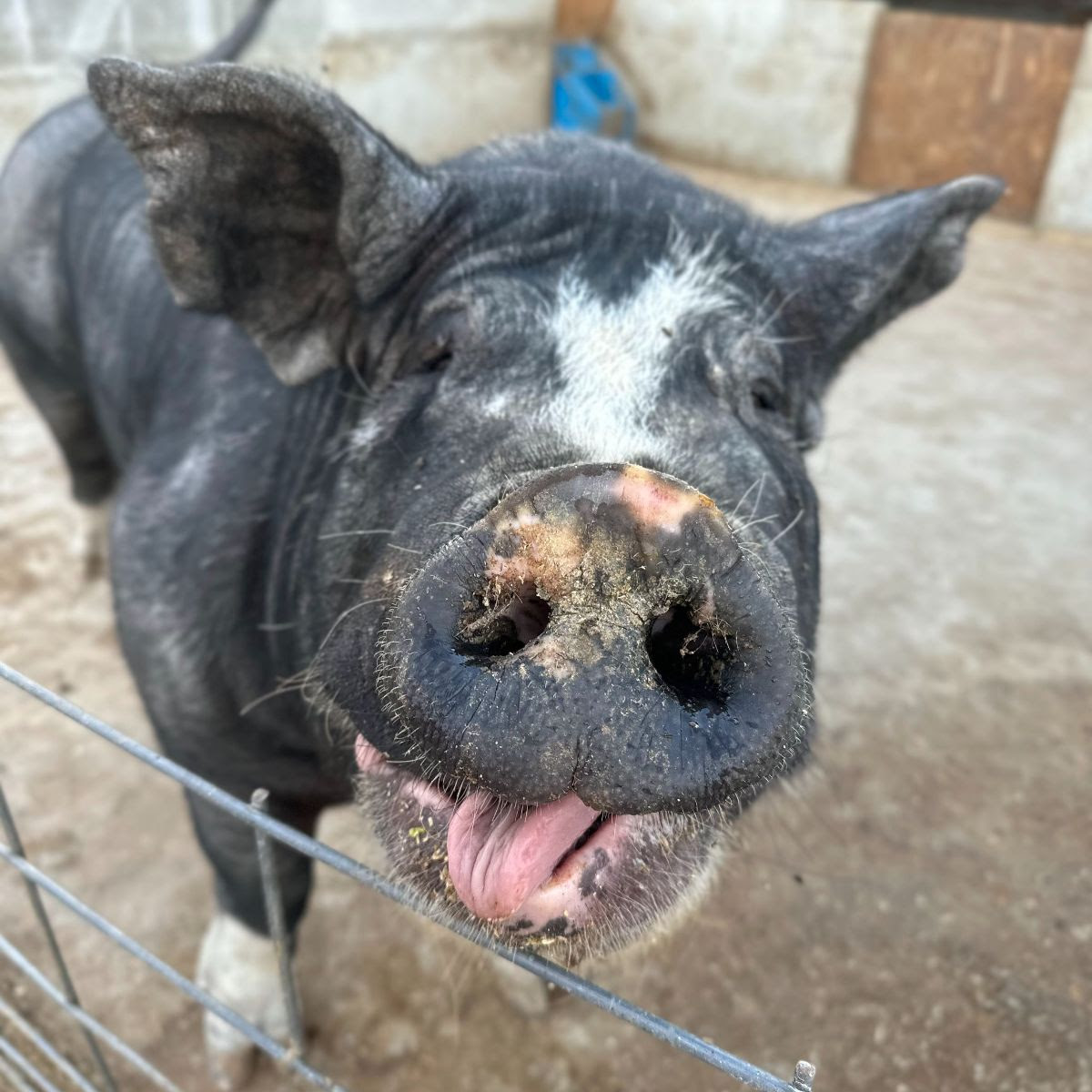
|
photo credit: Natalie Leder & Melissa Harmon
|
Our dairy herd has grown recently. We have 3 calves binking around the field these days. They are still nursing and growing strong but we are excited for them to grow a bit more independent so we can start using their mom’s milk in our Full Diet CSA! ❦ The melons have eased out, but this year was a spectacular melon season. Never have we had this many to share with you. ❦ Our boar Mackenzie is always hamming it up for the camera!
Customer Appreciation Day
Generally, we are entering the cleaning up period as we collect ourselves from the wild summer party and prepare for the respite that is winter. Every year we herald that transition with our Customer Appreciation Day. So save the date and mark your calendar:
Sunday, October 22, 11a-3p
Bring your family, friends, and selves.
Bring your shovels, buckets, gloves, and maybe your gardening clothes.
Please don’t bring your dogs! This is a no-dog event!
We will have finished harvesting all our storage crops and are opening the 25-acre field for 1-day of gleaning. Go treasure hunting, grab some small plates from the kitchen for lunch ($5-$10/option), take a farm tour, listen to some live music on the porch, and celebrate the end of the growing season and the arrival of winter.
We hope to see you there!

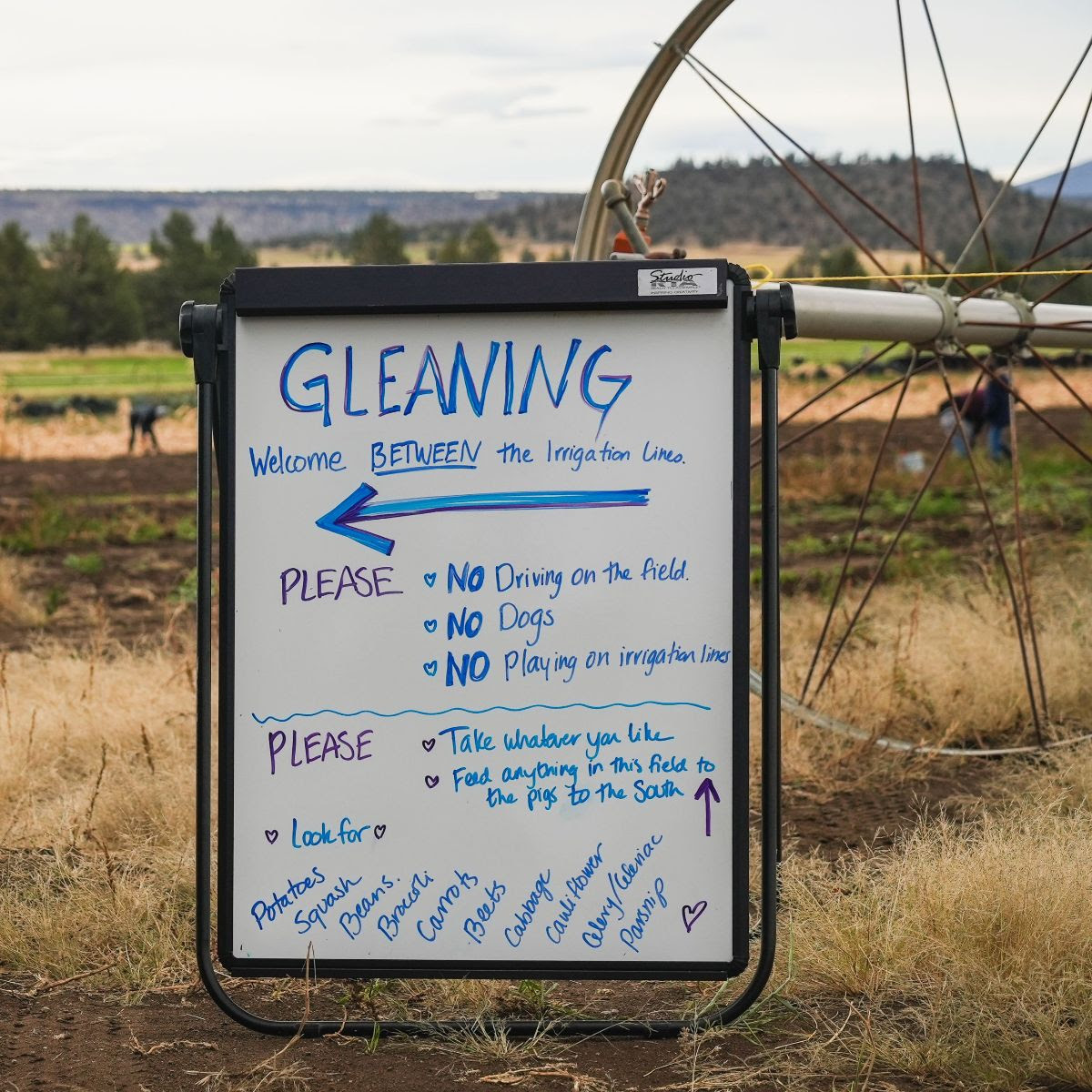
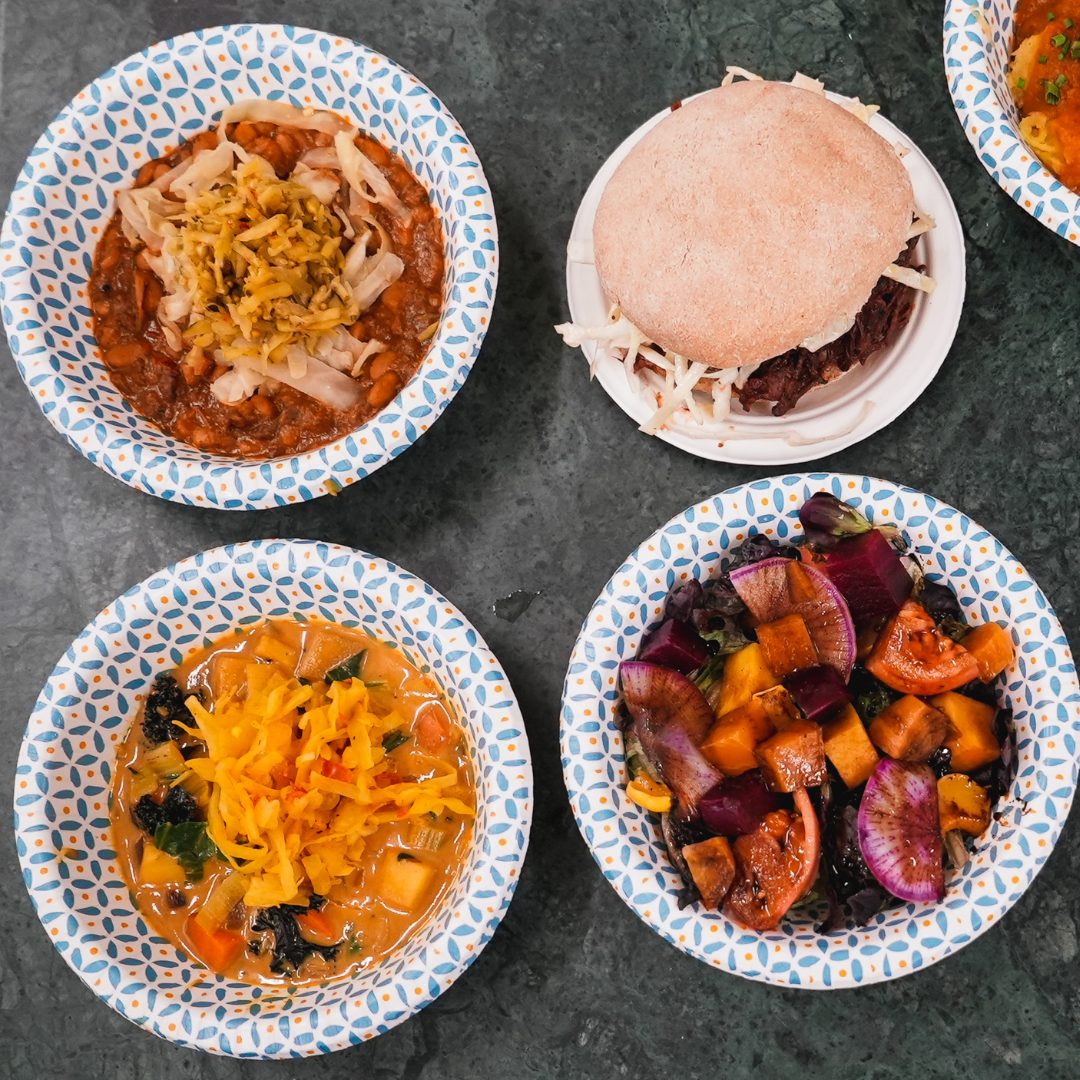
|
photo credit: 29NrTH
|
Veggie ID: Kale
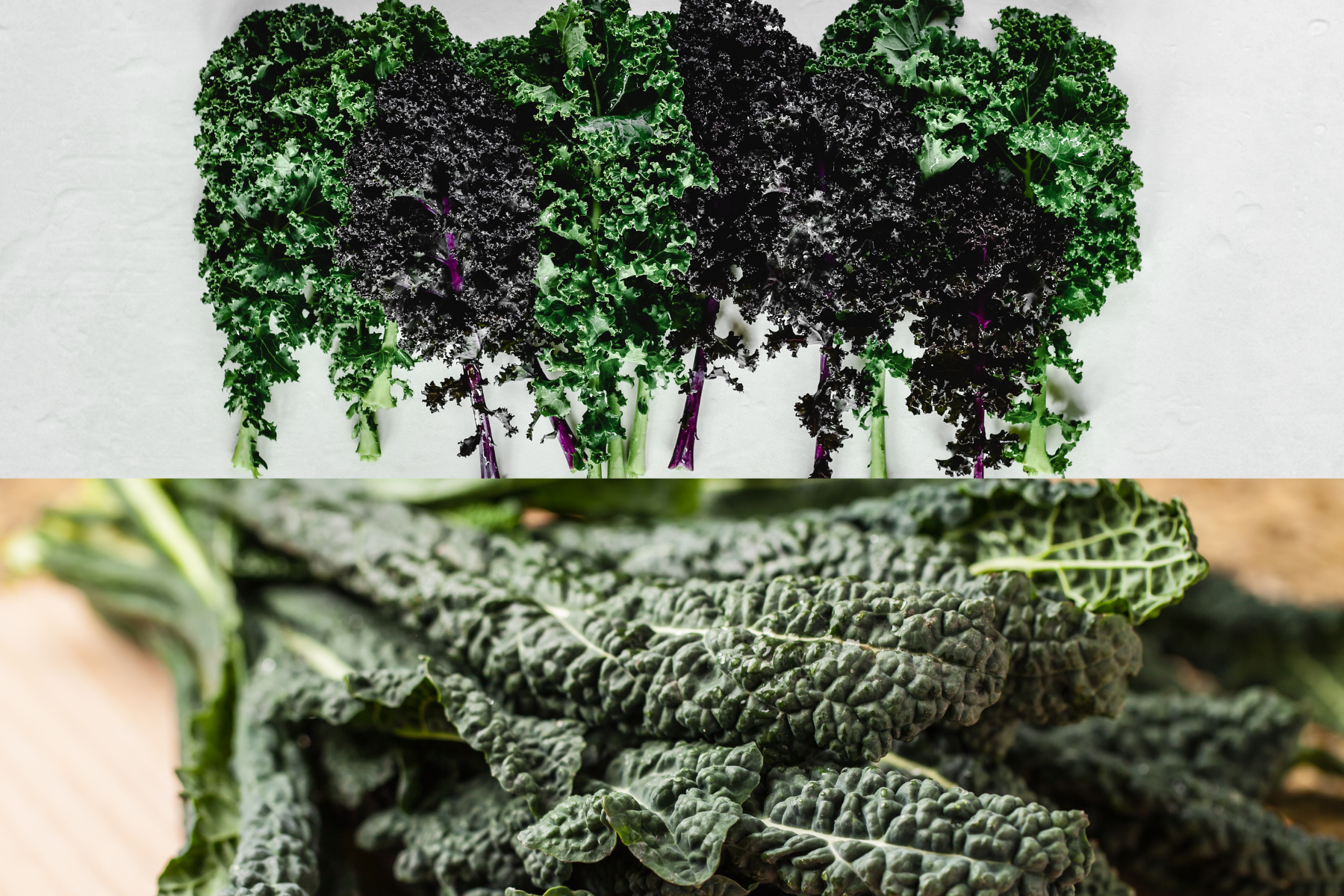
We have three different kinds of Kale in our CSA: purple curly, green curly, and dinosaur kale. Kale is a member of the brassica family (that same family that includes cabbage, cauliflower, and broccoli) and is nutritionally jam packed. It has large amounts of phytonutrients and carotenoids (IYKYK), phosphorous, potassium, iron, calcium, dietary fiber, manganese, copper, and vitamins A, C, K, E, and all the Bs! Kale is believed to be “wild cabbage” and is the ancestor to our modern cabbage varieties. It is super popular in Scotland, Denmark, and Germany but continues to gain popularity in the states.
To store: Kale is ideal when eaten within a week. It can get wilty and very bitter if you wait too long. Place kale unwashed and wrapped in a damp towel in a plastic bag in the refrigerator.
To prep: Wash leaves in basin of lukewarm water to remove grit. Fold each leaf in half and slice out the stem and cut it up into the size/shape you prefer.
To use: This powerhouse green is super versatile and retains its texture and earthy flavor when cooked and can be braised, stewed, steamed, sautéed, or boiled. It can also be sliced thin into strips for salads/slaws.
To preserve for winter: Blanch washed greens for 2-3 minutes then rinse in cold ice water to stop the cooking process, drain, and pack into airtight containers or ziplock bags.
Serving Suggestions and Ideas from Mi Ae Lipe’s Bounty from the Box: The CSA Farm Cookbook
Complementary Herbs, Seasonings, and Foods
Almonds, anchovies, apples, bacon, balsamic vinegar, beans, black pep- per, breadcrumbs, butter, caraway seeds, cheese, chiles, chorizo, cinnamon, cream, fenugreek, garlic, ginger, goat cheese, goose, ham, lemon, mint, miso, mustard, nuts, olive oil, onions, pine nuts, pork, potatoes, red pepper, rice, salt pork, sausage, sesame, smoked paprika, smoked salt, soy sauce, sweet potatoes, tomatoes, vinegar, walnuts, winter squash, yams.
Serving Suggestions
- Kale’s ability to maintain its texture and flavor makes it ideal for stews, casseroles, and slow-cooking soups (even when not in the original recipe).
- For a quick, nutritious meal, stir-fry kale with your protein of choice and season with garlic, ginger, and red chiles.
- Serve boiled or steamed kale with vinaigrette or sesame dressing.
- Kale and pork sausage or ham are natural soul mates.
- Use kale as a spinach substitute and add kale to your favorite pasta recipe or scramble eggs with a bit of cooked kale stirred in.
- Chop up plenty of garlic, fry it crisp in olive oil and salt, and sprinkle it over a bunch of steamed kale.
- For another quick and hearty soup, add cooked kale to tomatoes, white beans, broth, parsley, rosemary, and plenty of onion and garlic to taste.
- Add kale to colcannon, that classic Irish dish with mashed potatoes, leeks, and onions.
- Kale is a natural in highly spiced, complex Indian dishes and curries.
- Kale and sweet potatoes make a hearty, highly nutritious combination that is the perfect side or even main dish for cold winter nights.
- Cream helps temper kale’s assertive character. Try creamed kale in place of creamed spinach, or purée the two into a silky soup.
- A little acid makes a nice counterpoint to the rich green taste of kale. Stew kale with tomatoes or a little vinegar and red wine, and serve it over pasta.
Vegetable CSA Harvest List
Every week, we include this section which includes what we think will be coming out of our fields and hoop houses for Wednesday pick up. Keep in mind, that we send this email on Sunday and we harvest Monday & Tuesday for our Wednesday CSA. Sometimes we are spot on, but other times, we discover that we have more of something else and substitute that.
We will let you know on Wednesday how many other items you will get to select.
Other Vegetable Options will probably include:
Apples
Basil
Beans
Beets
Broccoli
Cabbage
cantaloupe
Carrots
Chard
Cucumbers
Eggplants
Fennel
Fresh onions
Green onions
Herbs
hot peppers
Kale
Leeks
Lettuce heads
Napa cabbage
Potatoes
Rhubarb
Salad mix
Summer squash & zucchini
sweet peppers
Tomatillos
Tomatoes
Yod Fah
Watermelon
Meat CSA: Beef & Pork
We continue to cruise through our cuts!
Large CSA (10lbs)
- 2 pork chops
- 1 beef roast
- 1 pack meaty soup bones
- 1 sirloin tip, cube, or top round steak
- +/- 2 ground pork
Small CSA (5lbs)
- 1 beef roast or other slow cooking cut
- 1 sirloin tip, cube, or top round steak
- +/- 1 ground beef
A note about the steak cuts
These steak cuts are extremely flavorful, but they require a little more preparation. These cuts of beef come from the parts of the animal that get more use. As a result they benefit from a bit more attention then the other steak cuts you get from an animal.
- Cube Steak: a cube steak is the top or bottom round of beef cut into steaks and then tenderized at the butcher. These are most often breaded and fried and make excellent Chicken Friend Steak. But they can also be used to make stir-fries or fajitas. They benefit from a marinade in these cases and will expel a lot of moisture before they are finished.
- Bottom Round Steak: This is a steak from the rump/hind legs so is full of muscle. You should definitely marinate this one for 24 hours. Our steaks are usually 1 1/2″ thick, so before you marinade, find your rolling pin or meat mallet and tenderize the steak. (Tip: fold it into parchment paper or waxed paper to contain the mess!) After tenderizing and marinating for at least 4 hours (up to over night), then pan fry in a skillet and slice thin. You don’t want to go over medium rare on these bad boys. HERE is a great run down on how to cook a Bottom Round Steak. HERE is a recipe for balsamic braised round steak for a more tender experience.
- Sirloin Tip Steak: The Sirloin Tip steak comes from the front end of the rear leg and is the most tender of the three options this week. This is Alison’s favorite sleeper steak! Marinate over night, pan fry in your cast-iron until it is medium rare (less time then you think), slice thin and you have dinner ready in about 15 minutes. HERE is a great rundown on the Sirloin Tip Steak and step by step how to cook one either pan frying or on the grill. You can always braise a sirloin tip steak for a more tender option.
Recipe Corner
Every week I try to send along a few recipes that utilize the meats and vegetables in your CSA share. Check out the recipes below for some inspiration!
Roasted cauliflower & hazelnut carbonara
(by Katy Gilhooly on BBC Good Food)
INGREDIENTS
1 large cauliflower, cut into small florets
1 tbsp olive oil
small bunch thyme, leaves picked
1/4lb nuts, roughly chopped (hazel, pecan, walnut)
12 oz penne
1/4lb parmesan, grated
2 eggs, beaten
2 tbsp double cream
small pack parsley, chopped
INSTRUCTIONS
- Heat oven to 400F. Toss the cauliflower with the oil, thyme and seasoning, and spread out on a large baking tray. Roast for 15-20 mins until starting to soften and caramelise. Sprinkle the nuts over the cauliflower and cook for another 5 mins until the nuts are lightly toasted and the cauliflower cooked through. Meanwhile, cook the pasta following pack instructions.
- Drain the pasta, reserving the cooking water, then return to the pan. Take the baking tray out of the oven and add the cauliflower and nuts to the pasta, then stir in the Parmesan, egg, cream, parsley and 1 tbsp of cooking water. The heat from the pasta should be enough to just cook the egg without scrambling it. If the sauce is too thick, add a splash more cooking water. Check the seasoning and serve.
Sautéed Kale
(By Ingrid Beer from The Cozy Apron)
INGREDIENTS
Olive oil
½ cup cherry tomatoes, halved
Salt
Black pepper
Pinch red pepper flakes (optional)
10 ounces washed, pre-cut kale, any stem and stalky bits removed
3 large cloves garlic, pressed through garlic press
1 teaspoon lemon zest
1 ½ tablespoons lemon juice
Freshly grated parmesan cheese (optional)
INSTRUCTIONS
- Place a large, deep pan or a pot over medium-high heat, and drizzle about 1 to 2 tablespoons of olive oil. Once hot, add in the cherry tomatoes along with a pinch of red pepper flakes (if using), and some salt and pepper.
- Allow the tomatoes to sizzle and gently soften in the oil for about 30 to 45 seconds, then using a slotted spoon, scoop the tomatoes out and set aside.
- Next, drizzle into the pan or pot about another 2 to 3 tablespoons of the olive oil, and add the kale (if your pan is not deep enough to accommodate it all, work in a couple of batches). Using tongs, toss the kale lightly in the oil for a moment or two to coat it, then add in the garlic, the lemon zest and a couple of good pinches of salt and pepper.
- Add the lemon juice then toss to combine, and allow the kale to sauté for about a minute or two more just until barely wilted and crisp-tender, and still a vibrant green. Turn off the heat under the pan or pot.
- Add half of the tomatoes into the kale, and toss to combine. Check to see if additional salt and pepper is needed.
- Spoon the sautéed kale into a serving bowl, top with the remainder of the tomatoes, and serve hot with a bit of freshly grated parmesan over top, if desired.
Cheddar and Leek Muffins
(Searching for Spice)
INGREDIENTS
1 leek diced
120 g mature cheddar grated
½ teaspoon paprika
225 g self-raising flour
Pinch salt
Pinch black pepper
1/4 cup olive oil
3/4 cup milk
½ teaspoon mustard
1 egg
INSTRUCTIONS
- In a large bowl add the chopped leek, grated cheese, paprika, flour, salt and pepper. Stir so all the ingredients are coated in the flour and mixed evenly together.
- In a measuring cup add the olive oil and milk, mustard and egg. Beat together.
- Pour the liquid ingredients into the bowl with the dry ingredients. Mix together until just combined.
- Spoon the mixture into a muffin tin, lined with muffin cases or wiped with lard. Place in a preheated oven at 400F for about 20 minutes. Best served when warm and freshly baked.

|
photo credit: Nat Leder
|
See you on Wednesday, September 20!
The Farm Crew


